- Home
- About Us
- Products
- TD High-efficiency And Energy-saving Circulating Pump
- TD High-efficiency And Energy-saving Circulating Pump Accessories
- Pipeline Pump
- Pipeline Pump Accessories
- Sewage Pump
- Sewage Pump Accessories
- LG Multi-stage Pump
- LG Multi-stage Pump Accessories
- Cooling Tower Circulation Pump
- Electric Motor
- Electric Motor Accessories
- News
- Contact Us
- Home
- About Us
- Products
- TD High-efficiency And Energy-saving Circulating Pump
- TD High-efficiency And Energy-saving Circulating Pump Accessories
- Pipeline Pump
- Pipeline Pump Accessories
- Sewage Pump
- Sewage Pump Accessories
- LG Multi-stage Pump
- LG Multi-stage Pump Accessories
- Cooling Tower Circulation Pump
- Electric Motor
- Electric Motor Accessories
- News
- Contact Us
Web Menu
- Home
- About Us
- Products
- TD High-efficiency And Energy-saving Circulating Pump
- TD High-efficiency And Energy-saving Circulating Pump Accessories
- Pipeline Pump
- Pipeline Pump Accessories
- Sewage Pump
- Sewage Pump Accessories
- LG Multi-stage Pump
- LG Multi-stage Pump Accessories
- Cooling Tower Circulation Pump
- Electric Motor
- Electric Motor Accessories
- News
- Contact Us
Product Search
Exit Menu
Can a Sewage Pump Handle Solid Waste and Toilet Paper?
Sewage management is a crucial aspect of any residential, commercial, or industrial plumbing system. One of the most common questions homeowners and facility managers ask is:
"Can a sewage pump handle solid waste and toilet paper?"
The short answer is: Yes — but only if it's the right type of sewage pump.
In this article, we’ll explore the design and functionality of sewage pumps, the types best suited for solid waste, common limitations, key features to look for, and tips to ensure proper operation.
1. What Is a Sewage Pump?
A sewage pump is a mechanical device used to transfer wastewater containing solids — such as human waste, toilet paper, and other debris — from a lower elevation (like a basement) to a higher one where it can enter a municipal sewer line or septic tank.
These pumps are commonly installed in:
-
Basement bathrooms
-
Septic systems
-
Public restrooms
-
Commercial and industrial waste systems
Unlike sump pumps, which only move clear groundwater, sewage pumps are designed to handle blackwater — wastewater with organic solids.
2. Can Sewage Pumps Handle Solid Waste?
Yes, properly selected sewage pumps are built to move solid-laden wastewater, including:
-
Fecal matter
-
Toilet paper
-
Organic solids up to a certain diameter (often 2" or more)
-
Light non-fibrous waste
However, not all sewage pumps are equal — and choosing the wrong type may result in clogs, breakdowns, or premature failure.
3. Types of Sewage Pumps and Their Capabilities
A. Sewage Ejector Pumps
-
Most common in residential basements
-
Can handle solids up to 2 inches in diameter
-
Designed to work intermittently when wastewater reaches a certain level
-
Ideal for toilets, sinks, and showers below the sewer line
Yes — can handle solid waste and toilet paper
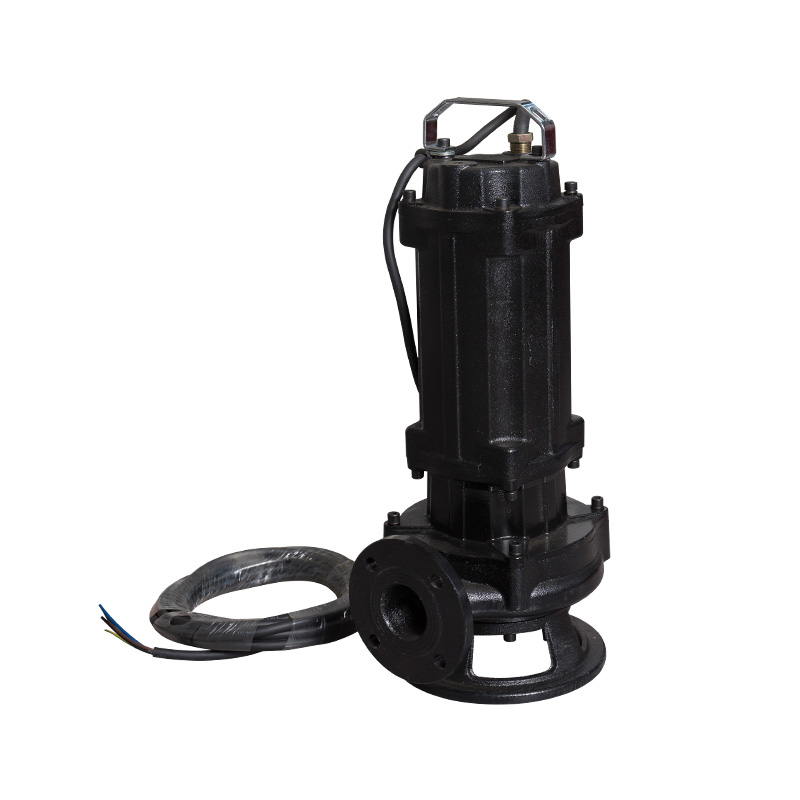
B. Grinder Pumps
-
Equipped with rotating blades that macerate solid waste into slurry
-
Ideal for systems with long discharge distances or small-diameter pipes
-
Typically used when waste must be pushed uphill over long distances
Excellent for heavy-duty solid waste + toilet paper + fibrous materials
C. Effluent Pumps
-
Designed to pump graywater or treated water
-
Cannot handle large solids or raw sewage
-
Used in septic tank effluent systems or graywater recycling
Not suitable for solid waste or toilet paper
4. Toilet Paper: Safe or Risky?
Toilet Paper Breakdown
Most standard toilet paper is designed to dissolve quickly in water. When flushed properly:
-
It breaks into fibers in a few minutes
-
Poses no threat to sewage pumps rated for solids
However, "flushable" wipes, paper towels, and feminine hygiene products:
-
Do not break down
-
Often clog impellers or discharge lines
-
Can lead to pump failure or system backup
Rule of thumb: Flush only toilet paper and human waste — even with a grinder pump.
5. Key Features of a Sewage Pump That Handles Solids
To ensure your sewage pump can reliably handle solid waste and toilet paper, look for the following:
| Feature | Recommendation |
| Solids Handling Size | At least 2 inches (some up to 3") |
| Pump Type | Grinder or Sewage Ejector |
| Impeller Design | Vortex or non-clog impellers for large solids |
| Thermal Overload Protection | Prevents motor burnout from jams or overheating |
| Durability | Cast iron or stainless steel construction |
Also, consider features like alarm systems, check valves, and control panels for better performance and safety.
6. Common Problems When Handling Solids
Even the best sewage pump can experience problems if misused. Some issues include:
A. Clogging
-
Caused by non-dissolving materials like wipes or sanitary products
-
Solids may become trapped around impellers
B. Overheating
-
Motor can overheat if impeller is jammed or if the system cycles too often
C. Backflow or Flooding
-
Happens if the check valve fails, allowing waste to re-enter the pit
D. Seal or Bearing Failure
-
Over time, abrasive solids can wear out seals and bearings, leading to leaks or motor damage
7. Installation Tips for Solid Waste Applications
To get the best results and avoid costly maintenance:
-
Use a sealed basin or pit designed for sewage handling
-
Ensure proper venting to prevent gas buildup
-
Install a check valve and shut-off valve on the discharge pipe
-
Schedule regular maintenance: inspect impeller, float switch, and seals
-
Educate users on what not to flush
8. Real-World Use Cases
| Application | Recommended Pump Type | Notes |
| Basement Toilet + Shower | Sewage Ejector Pump (½–1 HP) | Handles solids and paper |
| Remote Cabin with Holding Tank | Grinder Pump (1–2 HP) | Shreds solids for long lift |
| Commercial Restroom Facility | Grinder Pump + Dual System | For high-volume flushes |
| Septic Tank Effluent Transfer | Effluent Pump | No solid waste |
9. Maintenance and Replacement
Maintenance Schedule
-
Monthly: Inspect basin for buildup, test float switch
-
Quarterly: Clean basin walls, flush the pump with clean water
-
Annually: Check for wear on impellers, seals, and bearings
When to Replace
-
Frequent clogging
-
Unusual noise or vibration
-
Tripped breakers
-
Failure to activate or pump properly
-
Pump age > 7–10 years (depending on usage)
10. Conclusion
Yes, sewage pumps — specifically ejector and grinder pumps — are designed to handle solid waste and toilet paper. But not all pumps are created equal. Selecting the correct pump type, ensuring proper installation, and maintaining it well are essential to avoid clogs, failures, or unpleasant backups.
Remember:
-
Only flush human waste and dissolvable toilet paper
-
Avoid wipes, plastics, and hygiene products
-
Regular maintenance ensures longer lifespan and fewer emergencies
Whether it’s for your home basement, multi-unit property, or industrial facility, choosing a solids-capable sewage pump is key to clean, safe, and efficient wastewater handling.
Related Products
-
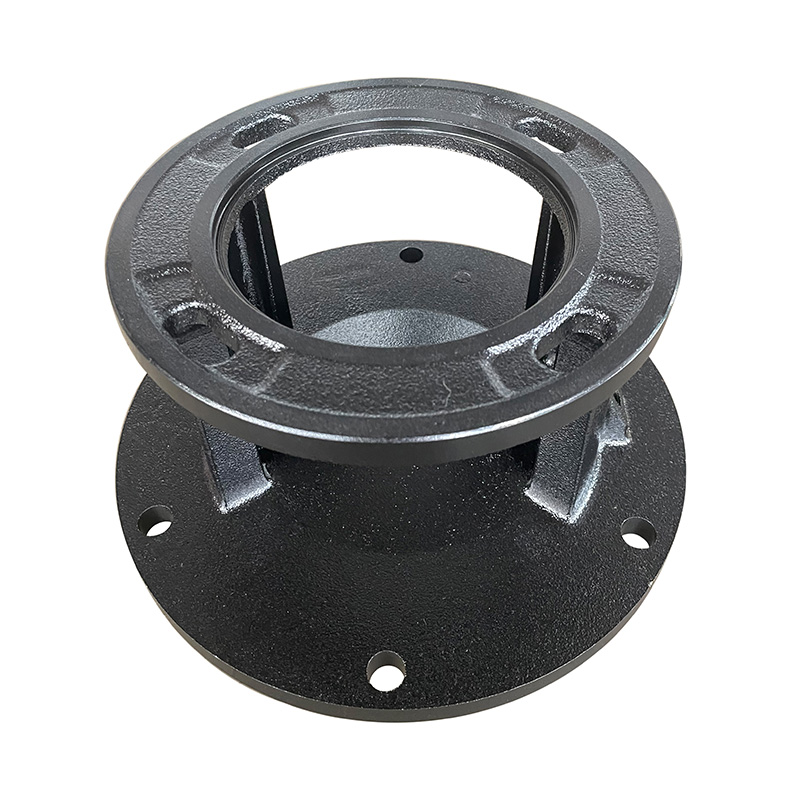
TD high-efficiency energy-saving circulation pump vertical base
Cat:TD High-efficiency And Energy-saving Circulating Pump Accessories
A vertical base is a pedestal used to support and secure a vertical TD...
See Details -
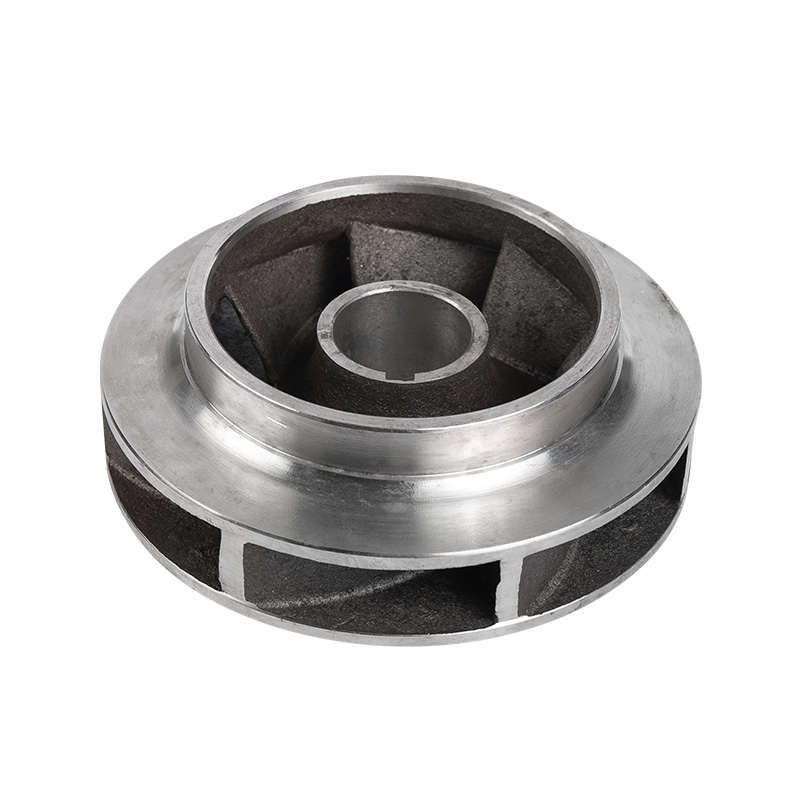
Pipe pump stainless steel impeller
Cat:Pipeline Pump Accessories
Stainless steel impeller material is stainless steel, it is not easy t...
See Details -
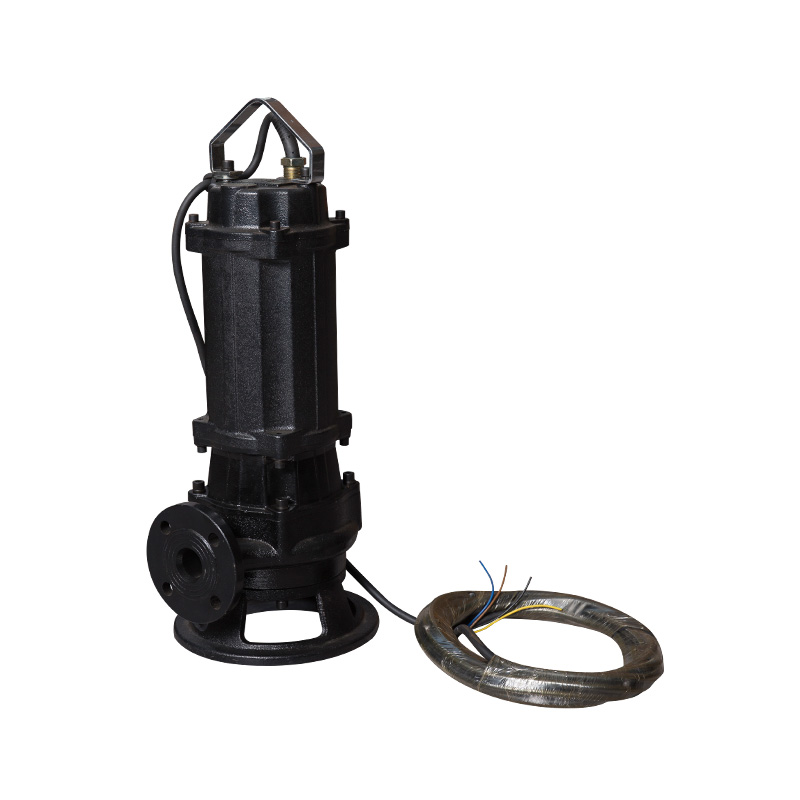
Ordinary sewage pump
Cat:Sewage Pump
1. Our WQ-type general sewage pump adopts a large flow channel anti-cl...
See Details -
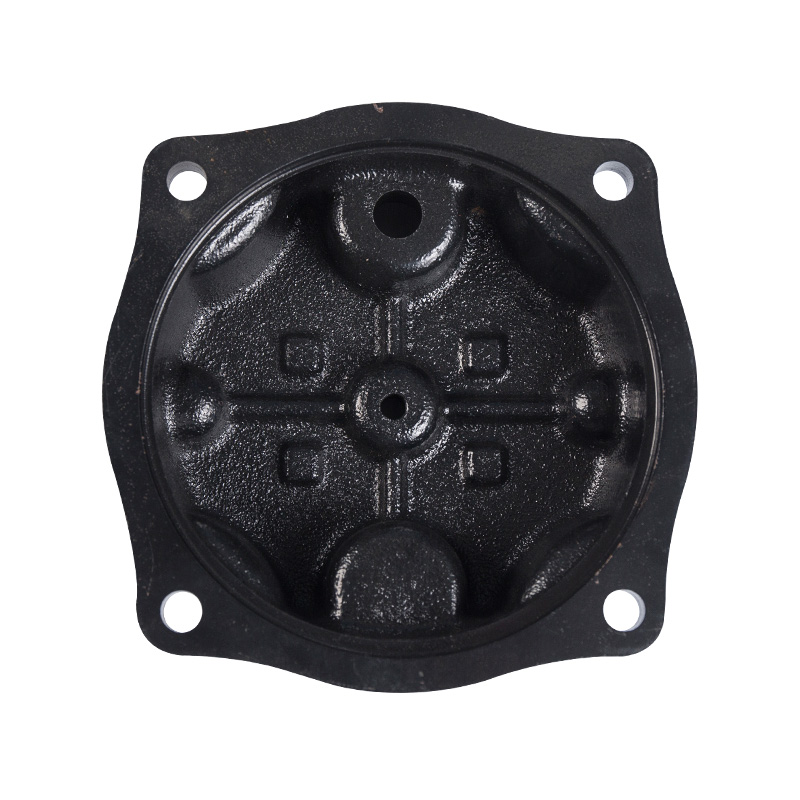
Sewage pump hanging cover
Cat:Sewage Pump Accessories
Installed on the upper part of the sewage pump unit, it is used for li...
See Details -
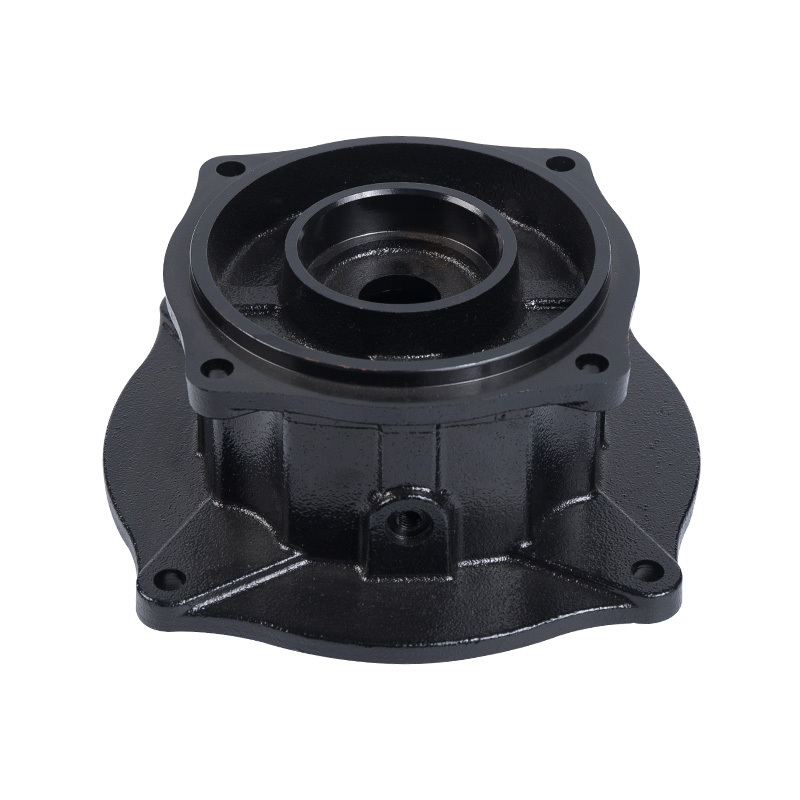
Sewage pump tank
Cat:Sewage Pump Accessories
The oil in the oil chamber, in addition to lubricating the mechanical ...
See Details -
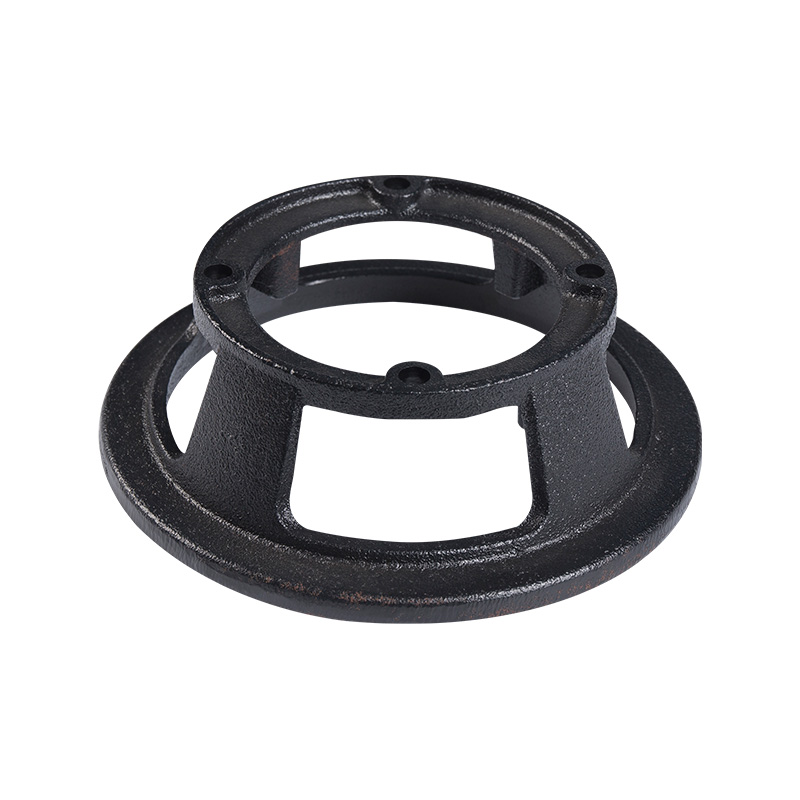
Sewage pump foot plate
Cat:Sewage Pump Accessories
Components mounted on the bottom of the sewage pump unit to support th...
See Details -
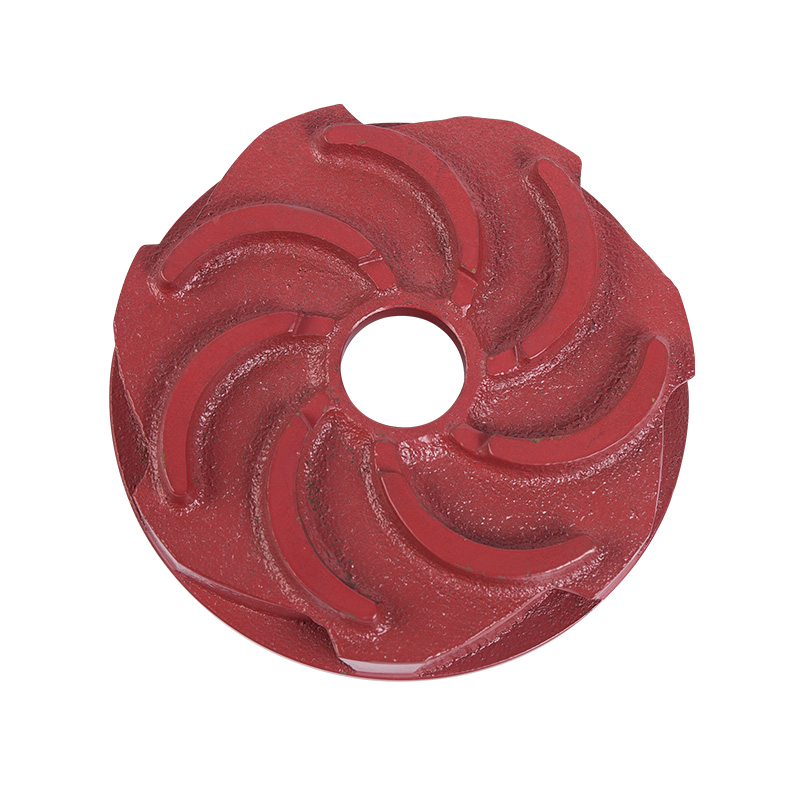
LG multi-stage pump guide vane
Cat:LG Multi-stage Pump Accessories
A guide vane is a guiding device located at the impeller inlet that gu...
See Details -
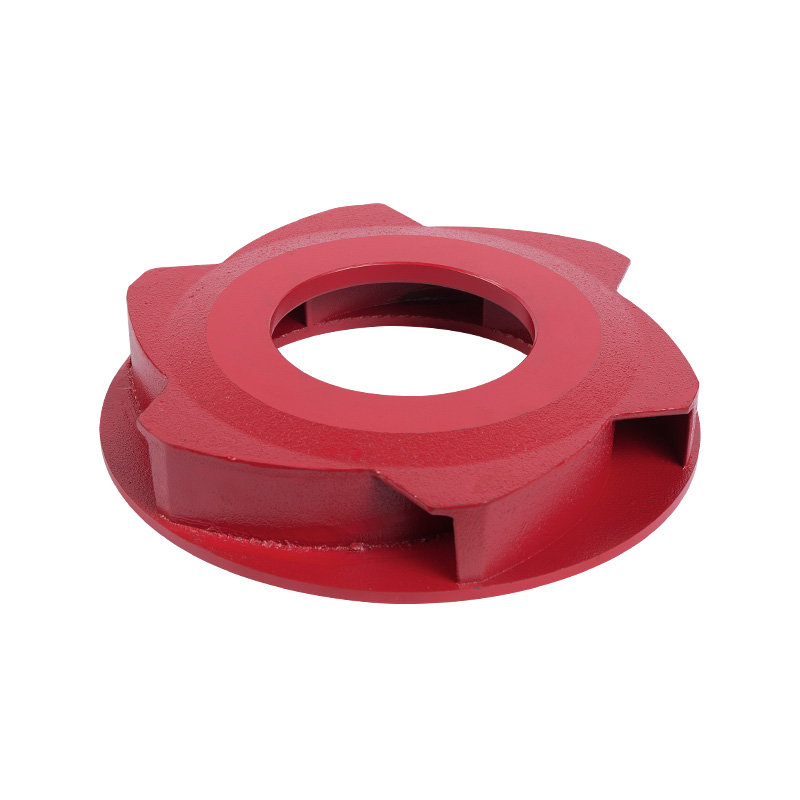
LG multistage pump cast iron impeller
Cat:LG Multi-stage Pump Accessories
Cast iron impeller is one of the key components of the pump, which pre...
See Details -
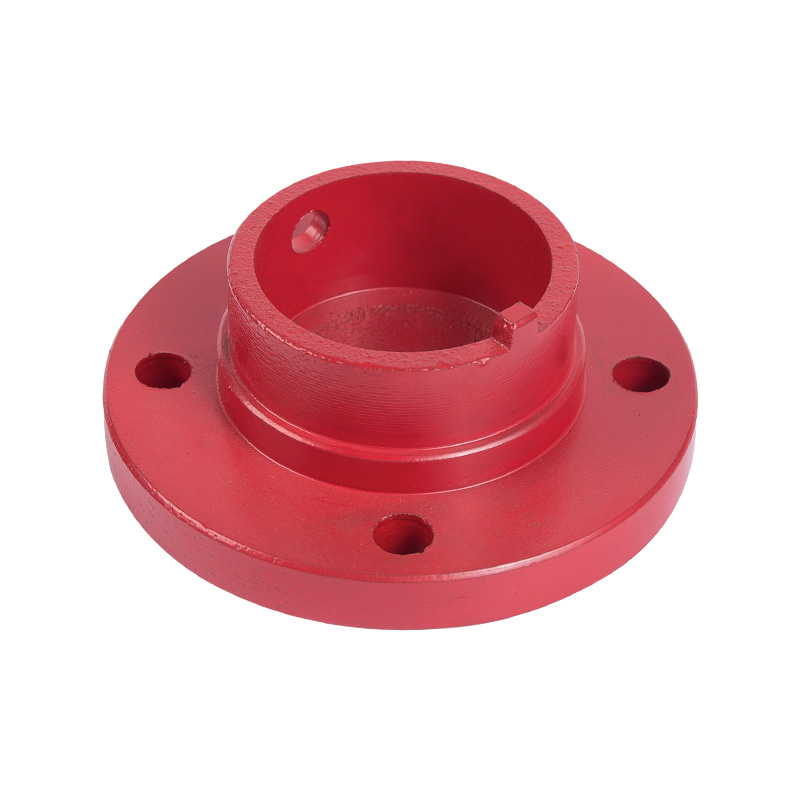
LG multi-stage pump water bearing gland
Cat:LG Multi-stage Pump Accessories
Water bearing gland is the gland for fixing the water bearing, which s...
See Details -
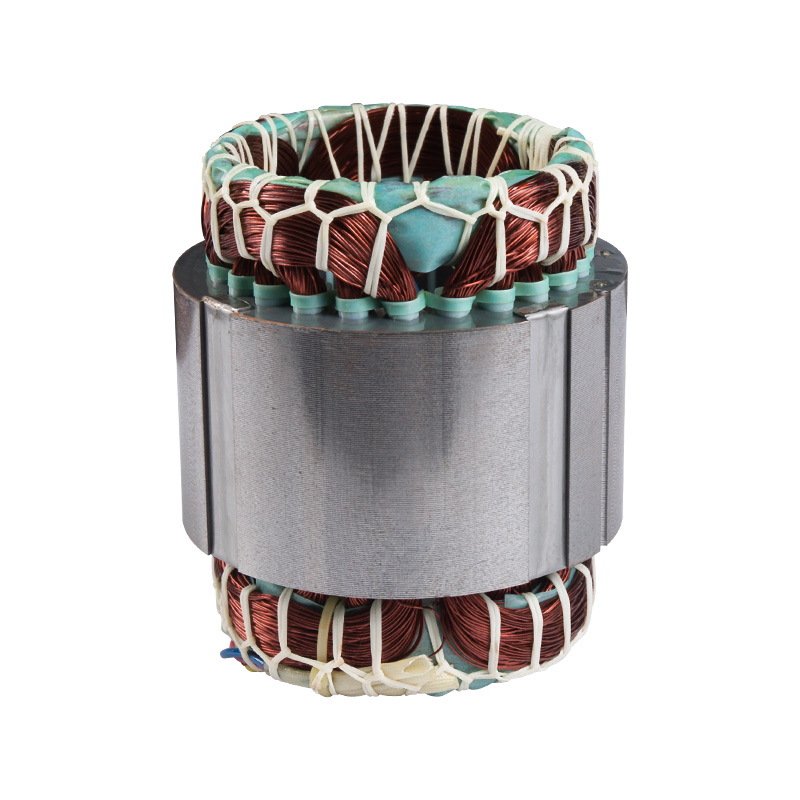
Finished stator
Cat:Electric Motor Accessories
The stator of a motor refers to the fixed part which contains the stat...
See Details
- TD High-efficiency And Energy-saving Circulating Pump
- TD High-efficiency And Energy-saving Circulating Pump Accessories
- Pipeline Pump
- Pipeline Pump Accessories
- Sewage Pump
- Sewage Pump Accessories
- LG Multi-stage Pump
- LG Multi-stage Pump Accessories
- Cooling Tower Circulation Pump
- Electric Motor
- Electric Motor Accessories
-

+86-0563-2251312
-

+86-0563-2251311
-

+86-139 6620 0379
-

-

No.43 Guohua Road, Guangde Economic Development Zone, Xuancheng City, Anhui Province, China

